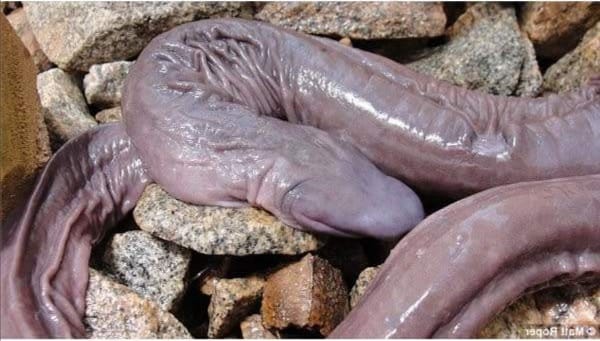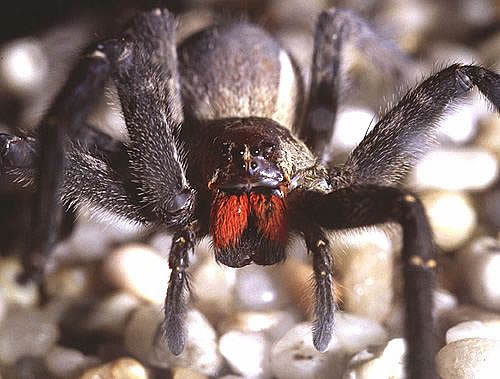At first glance, you might mistake them for snakes or eels. But caecilians and amphiumas are actually fascinating amphibians with unique traits that set them apart from reptiles and fish.
🐍 Caecilians: The Limbless Underground Wanderers
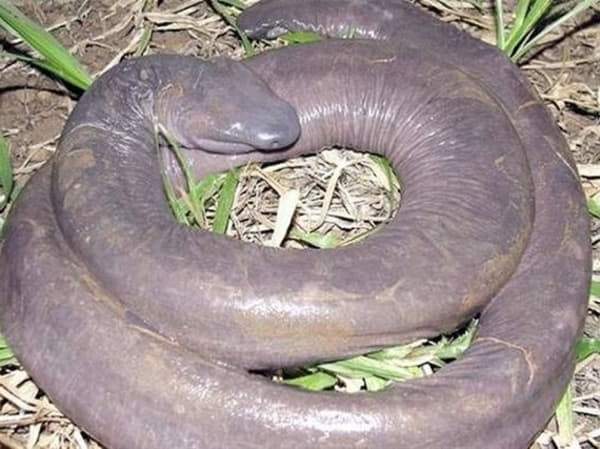
Caecilians are legless, snake-like amphibians that spend most of their lives underground or in water. They have smooth, shiny skin and are often mistaken for worms or snakes.
According to Dr. Hillary Maddin, a researcher at the University of Toronto, “All extant caecilians are long-bodied, limbless, superficially worm-like amphibians with reduced eyes. They are predominantly fossorial (adapted for burrowing)” .
Interestingly, many caecilians lack eyes altogether. As Science News Explores explains, “Caecilian means ‘blind ones’ in Latin. The name fits: many species of caecilians lack eyes altogether” .
🐟 Amphiumas: The “Congo Eels” That Aren’t Eels
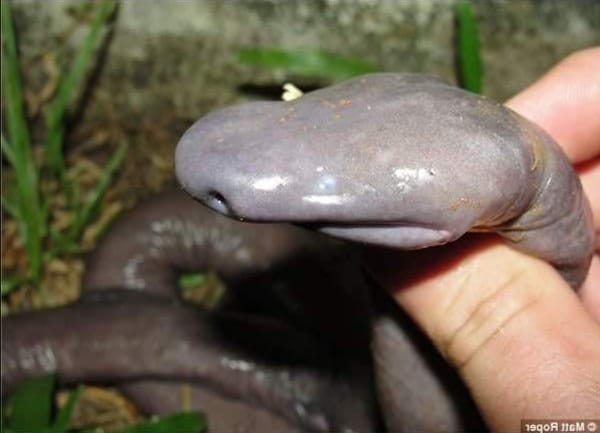
Amphiumas are aquatic salamanders with eel-like bodies and tiny limbs. Despite their name, they are not eels but amphibians. The three-toed amphiuma, for example, can grow up to 2 feet long and is found in the southeastern United States.
The Missouri Department of Conservation notes, “The three-toed amphiuma is an eel-like, completely aquatic salamander that can grow to be two feet long” .
🐍 Not Snakes, Not Eels—Just Unique Amphibians
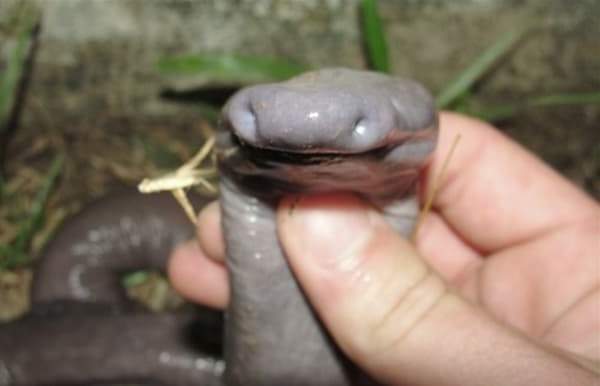
Both caecilians and amphiumas often get mistaken for snakes or eels because of their appearance. However, they are distinct amphibians with unique characteristics that make them fascinating subjects of study.
As Dr. Hillary Maddin points out, caecilians are “predominantly fossorial (adapted for burrowing), although some are aquatic or semiaquatic and some terrestrial species have aquatic larvae” .
